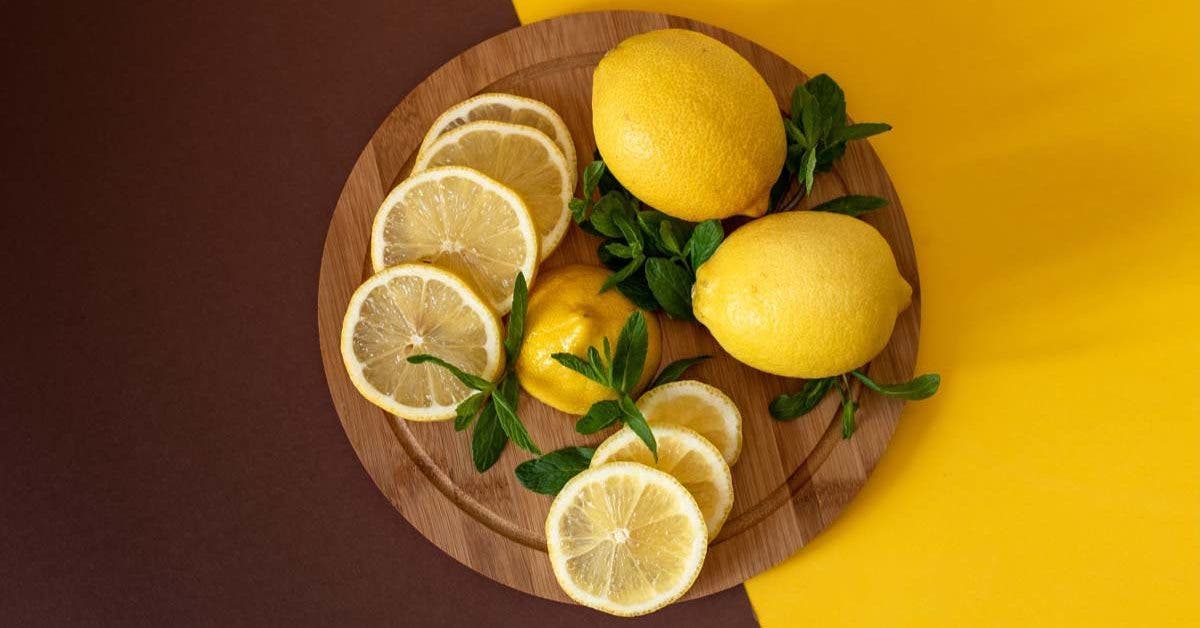Everything is good in lemon: leaves, zest, albedo, juice, pulp and pips! Juicy, tangy, bitter or sweet to bite into, it flavors Mediterranean gastronomy.
Mediterranean origin
In 2016, researchers at the Citrus Conservatory of San-Giuliano, in Corsica, established the Mediterranean origin of the yellow lemon (Citrus limon), born from a cross between the bitter orange tree and the citron tree. About ten varieties grow on the terraces of Menton (06), five of which are protected by an IGP: 'Adamo', 'Cerza', 'Eureka4', 'Santa Teresa' and the famous 'SRA 625', which hangs a year on the tree. Devoid of bitterness, it crunches to the fullest.
Breton caviar
The so-called “caviar” lemon is a hybrid of Australian citrus fruits. Its elongated shape evokes that of a pickle. Happy is he who, like Gaël Prigent, cultivates it in his garden in Quimperlé (29), because its price can reach 350 €/kg! The chef of the restaurant Labo Gustatif slides the small juicy and firm pearls of his pulp into a tuna cream. Tangy explosion in the mouth guaranteed!
Asian perfume
The yuzu, wrongly referred to as a Japanese lemon, is a citrus fruit resulting from multiple hybridizations. Its cultivation is possible even in the north of France, because it is hardy down to -10°C. The captivating fragrance of its zest perfumes all kinds of ingredients: it is the darling of chefs! The latter use it as a spice, finely grated, to season rice, fish or Hollandaise sauce.
Chinese sweetness
Like 'Eureka' (the most widespread on the planet), 'Meyer', discovered in China by Frank Meyer in 1908, is a so-called "four seasons" lemon tree because it flowers and gives fruit almost all year round. Very juicy, with an intense aroma and a fairly sweet flavor, its fruits are suitable for preparing marmalade, jam and fruit paste.


